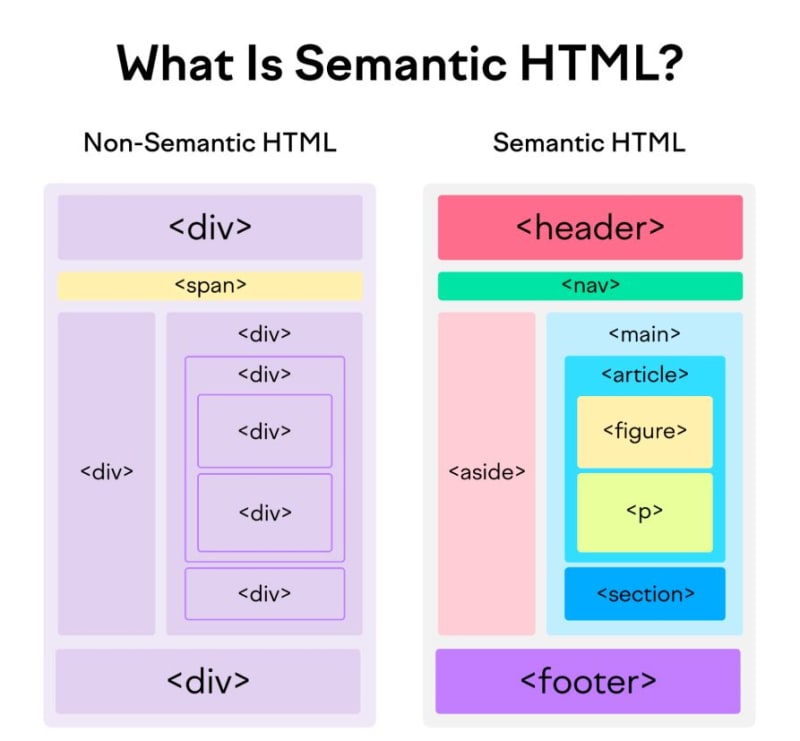This is a Plain English Papers summary of a research paper called NaturalSpeech 3: Zero-Shot Speech Synthesis with Factorized Codec and Diffusion Models. If you like these kinds of analysis, you should subscribe to the AImodels.fyi newsletter or follow me on Twitter.
Overview
This paper introduces NaturalSpeech 3, a new zero-shot speech synthesis system that uses factorized codec and diffusion models to generate high-quality speech without needing any target speaker data.
The key innovations are the use of a factorized codec, which separates the speech signal into independent linguistic and speaker-specific components, and a diffusion-based generative model that can synthesize speech from these disentangled representations.
The authors demonstrate that NaturalSpeech 3 can generate speech in new voices with high fidelity, outperforming previous zero-shot and few-shot speech synthesis approaches.
Plain English Explanation
In this paper, the researchers present NaturalSpeech 3, a new AI system that can generate human-like speech without needing any recordings from the target speaker. This is known as “zero-shot” speech synthesis.
The core idea behind NaturalSpeech 3 is to break down the speech signal into two separate components: one that captures the linguistic content (the words and how they are spoken), and another that captures the speaker’s unique voice characteristics. By modeling these components independently, the system can then generate new speech in any voice, even if it has never heard that speaker’s voice before.
To do this, the researchers use a “factorized codec” – a type of neural network that can extract these linguistic and speaker-specific features from audio. They then train a “diffusion model”, another type of neural network, to generate new speech by recombining these disentangled representations.
The end result is a system that can synthesize high-quality speech in novel voices, outperforming previous zero-shot and few-shot speech synthesis approaches. This could have applications in areas like voice-based assistants, audio-book narration, and dubbing for films and TV shows.
Technical Explanation
The key technical innovations in NaturalSpeech 3 are the use of a factorized codec and a diffusion-based generative model.
The factorized codec is a neural network that decomposes the speech signal into two separate latent representations: one capturing the linguistic content, and another capturing the speaker-specific characteristics. This disentanglement allows the system to generate speech in new voices without needing any target speaker data.
The diffusion model is then trained to generate new speech by recombining these linguistic and speaker-specific features. Diffusion models work by progressively adding noise to the input data, then learning to reverse this noising process to generate new samples. This approach has been shown to produce high-fidelity outputs for tasks like text-to-speech and zero-shot speech editing.
The authors evaluate NaturalSpeech 3 on a range of zero-shot and few-shot speech synthesis benchmarks, demonstrating that it outperforms previous state-of-the-art methods in terms of speech quality and speaker similarity. They also show that the factorized representations learned by the codec model are meaningful and disentangled.
Critical Analysis
One potential limitation of the NaturalSpeech 3 approach is the reliance on a large, high-quality speech dataset for training the factorized codec and diffusion models. In real-world applications, such datasets may not always be readily available, which could limit the system’s applicability.
Additionally, the paper does not explore the robustness of the system to noisy or low-quality input data, which would be an important consideration for real-world deployment. Further research into the model’s ability to handle diverse and challenging acoustic conditions would be valuable.
Overall, however, the NaturalSpeech 3 system represents a significant advancement in zero-shot speech synthesis, with the potential to enable new applications and experiences in areas like virtual assistants, audio production, and language learning.
Conclusion
The NaturalSpeech 3 system introduces a novel approach to zero-shot speech synthesis, leveraging a factorized codec and diffusion models to generate high-quality speech in new voices without requiring any target speaker data. This work builds on and advances the state-of-the-art in zero-shot text-to-speech and few-shot voice conversion, and could have significant implications for a wide range of applications involving synthetic speech. While the system has some limitations, the core ideas and techniques presented in this paper represent an important step forward in the field of speech synthesis.
If you enjoyed this summary, consider subscribing to the AImodels.fyi newsletter or following me on Twitter for more AI and machine learning content.



